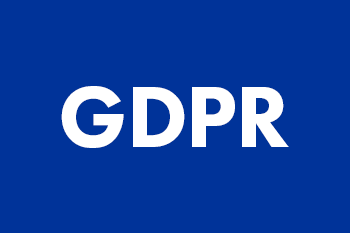Picture yourself in a meeting at work. You can see the room or even the Zoom screen, the usual suspects are there, and the conversation begins. Now let me ask you these questions. How many meetings have you sat in where you knew the real issues weren’t being discussed? How often do you find yourself just to be polite, saying things you don’t mean? How would you describe the level of collaboration, alignment and accountability of your team? I’m guessing that for the vast majority of you, you didn’t have positive responses to these questions. And I’m not surprised.
Look, it’s a long held belief that whether talking change or overall strategy, as much as 70% of initiatives fail to achieve their goals, largely due to employee resistance, lack of clarity or even lack of management support.
In addition, a McKinsey study shows us that when people are truly invested, especially in change, than that initiative is 30% more likely to stick. Which raises the question, how do we get people truly invested? Well, a dear friend and former master facilitator would always begin her workshops with this quote from a 1991 book from Fran Reis. People support what they help create. And decisions are best made at the levels where they will be carried out. And this aligns with so much research, and yet it seems to fall on deaf ears.
I spoke directly to this last year when posting a similar vlog on reboarding your employees. More and more companies are welcoming people back to the office, I’m not going to debate whether this is good or bad. What I am going to ask it again is who was involved in the creation of any new processes or policies that have been developed? You see, more than ever, we all want to feel involved, even moved by what we experience in our workplace.
There was a Deloitte study of millennial workers who shared that sense of purpose as part of the reason they chose their current employer. So how can you effectively create that purpose? One way could be to start with a beach ball. Bear with me, go back to the questions I asked at the beginning. How many meetings have you sat in where you knew the real issues weren’t being discussed? And why? Why are we wasting people’s time bringing them together? If we aren’t going to get down to the real business? How often do you find yourself just to be polite, saying things you don’t mean? Again, why? Chances are the leader of the meeting isn’t actually looking to hear the real truth, to hear all the different perspectives that can and do exist around literally every topic there is.
And finally, how would you describe the level of collaboration, alignment and accountability of your team? I think you can see where I’m going with this. Here’s one problem with a typical strategy meeting. All the people are there, and they’re the same. Why? Why don’t we bring in the person who’s brand new to the organization? Well, because likely someone said, we can’t do that. They don’t know how we will operate here. Exactly. This is all about accessing the power of diversity, diverse thoughts, diverse processes, a different way of seeing things. I think this has a hole in it. But I digress. If you had any thoughts towards diversity and inclusion, then you should actively be searching out those who see things from a different perspective.
If you want people to buy into any new process or initiative, why not have the ones who will be doing the actual work, be part of the decision making process? Why don’t take advantage of the unique skills each individual person brings to the table to ensure that you’re making the best possible decisions, their sense of belonging, their sense of inclusion is increased. You’re demonstrating that you truly value diversity of thoughts, and your people will actively support the world that they helped create. At Fierce we call this the team or beach ball conversation, and we’re happy to tell you more about it.
Take care
– Paul Stabile

5 Conversations You Need To Start Having Today
Learn how to successfully navigate the most common conversations with this free eBook.



